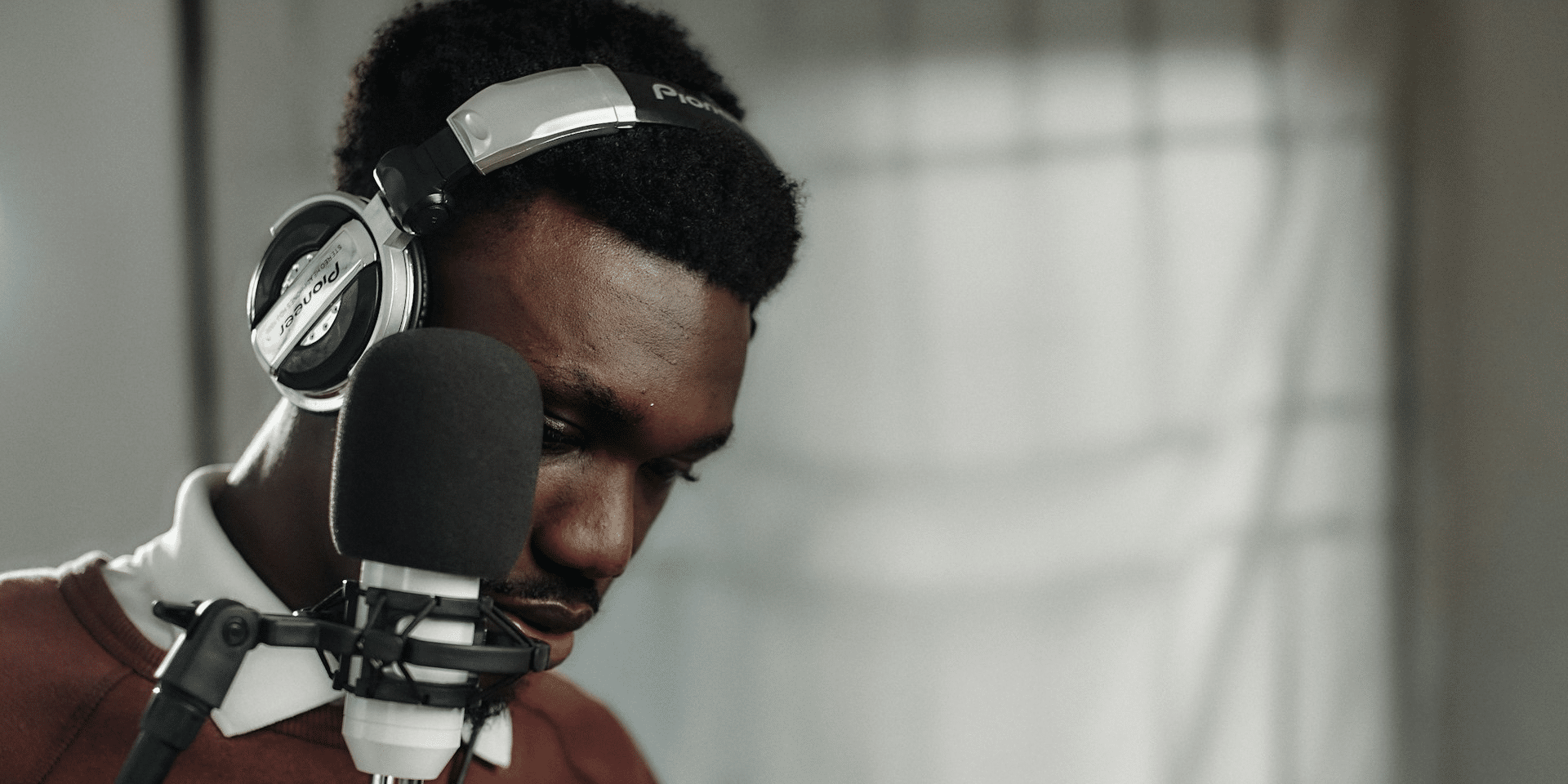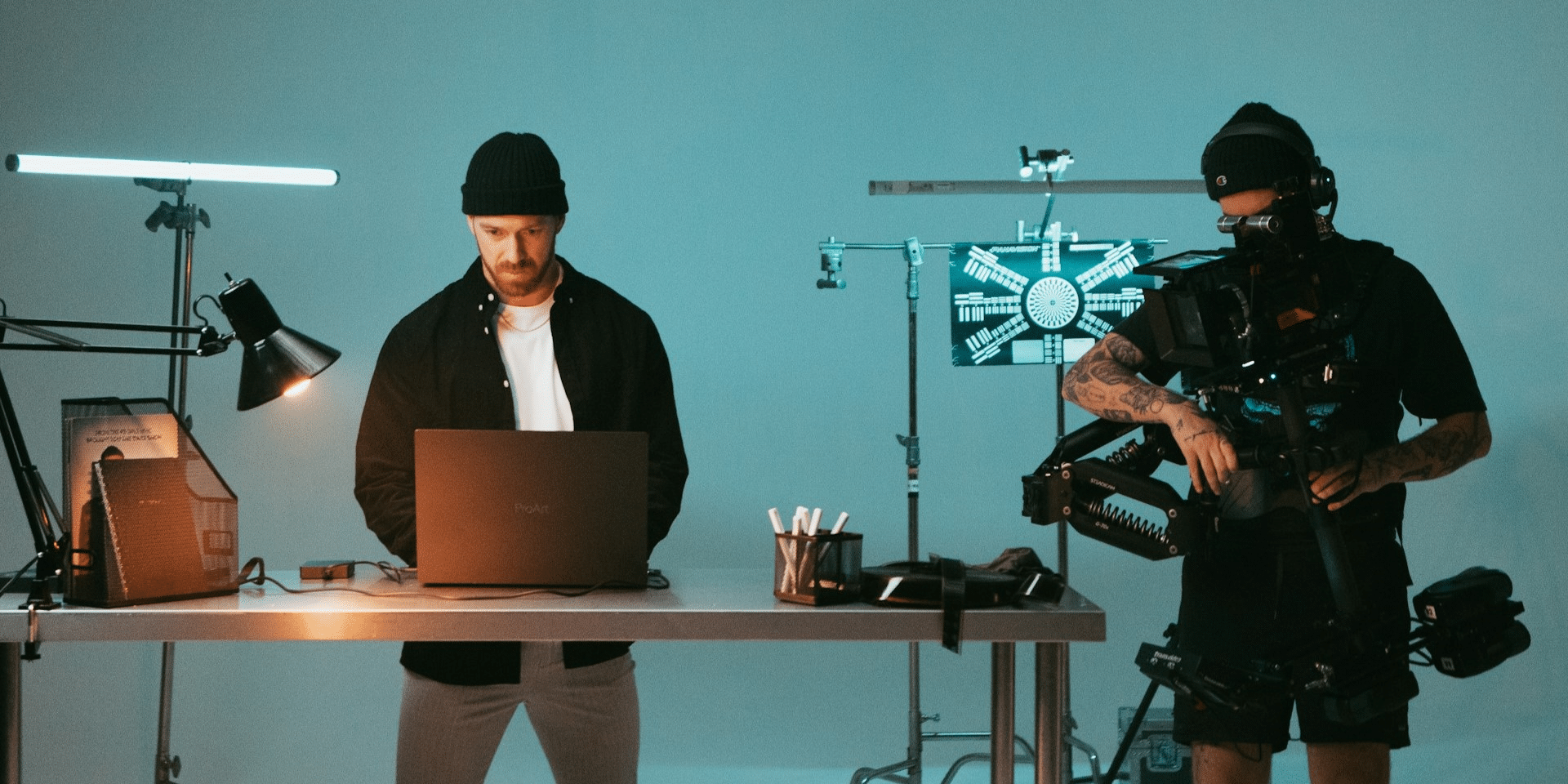Portraying a villain is a challenging yet rewarding endeavor for actors, requiring them to tap into their dark side and explore the depths of human nature. From iconic villains in literature and mythology to complex antagonists in film and television, playing the role of the villain offers actors the opportunity to delve into complex characters and deliver unforgettable performances. In this article, we explore the art of getting into the role of the villain and the techniques actors can use to bring these characters to life on screen.
Understanding the Villain
Before diving into the role of the villain, actors must first understand the character they will be portraying. Villains come in many forms, from ruthless dictators and power-hungry criminals to tortured souls driven by revenge or ambition. By delving into the villain’s backstory, motivations, and psychology, actors can gain insights into what drives their character’s actions and behaviors, allowing them to create more nuanced and compelling performances.
Finding Empathy and Complexity
While villains are often depicted as cold and heartless individuals, the most memorable antagonists are those who possess depth, complexity, and even a hint of humanity. Actors should strive to find empathy for their characters and explore the reasons behind their villainous actions. By understanding the villain’s backstory and motivations, actors can uncover layers of complexity that add depth and richness to their performances, making their characters more relatable and compelling to audiences.
Embracing the Dark Side
Getting into the role of the villain requires actors to tap into their dark side and embrace the more sinister aspects of human nature. This may involve exploring feelings of anger, resentment, jealousy, or greed—emotions that are often associated with villainous characters. By allowing themselves to fully embody these emotions, actors can bring authenticity and intensity to their performances, creating villains that are both captivating and chilling to watch.
Physical Transformation
In addition to delving into the psychological aspects of their characters, actors may also undergo physical transformations to fully inhabit the role of the villain. This may involve changes to their appearance, such as adopting a menacing posture, altering their voice, or wearing makeup and prosthetics to create a more sinister appearance. Physical transformation can help actors internalize the essence of their characters and project a sense of menace and danger on screen.
Embracing the Challenge
Portraying a villain is a daunting task that requires actors to step outside of their comfort zones and embrace the challenge of playing characters who are often morally ambiguous or downright evil. Rather than shying away from the darkness, actors should embrace the opportunity to explore the complexities of human nature and push the boundaries of their acting abilities. By fully committing to the role and embracing the challenges it presents, actors can deliver performances that are bold, dynamic, and unforgettable.
Seeking Inspiration
To prepare for the role of the villain, actors may draw inspiration from a variety of sources, including literature, mythology, history, and real-life individuals. Studying iconic villains from film, television, and literature can provide valuable insights into character archetypes, motivations, and tactics. Additionally, immersing oneself in research about psychology, criminology, and the nature of evil can help actors better understand the mindset of their characters and the forces that drive them to villainy.
Transforming into the Villain
Getting into the role of the villain is a complex and multi-faceted process that requires actors to tap into their creativity, empathy, and dark side. By understanding the character, finding empathy and complexity, embracing the dark side, undergoing physical transformation, embracing the challenge, and seeking inspiration, actors can bring villains to life on screen in a way that captivates and terrifies audiences. Through their dedication and commitment, actors demonstrate the transformative power of the art of acting and the ability to create characters that linger in the minds of viewers long after the credits roll.














